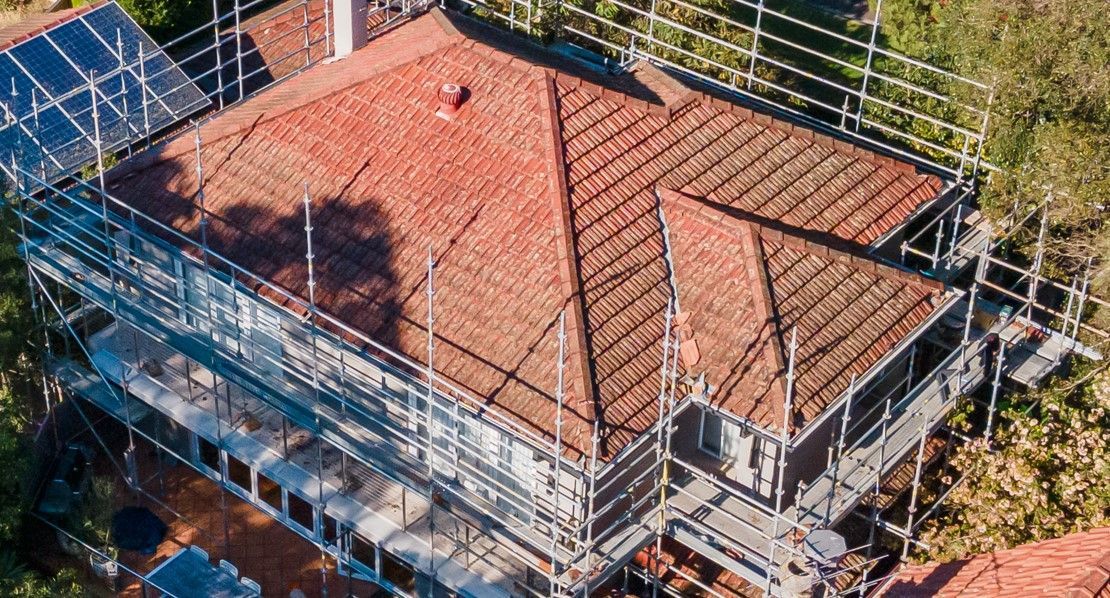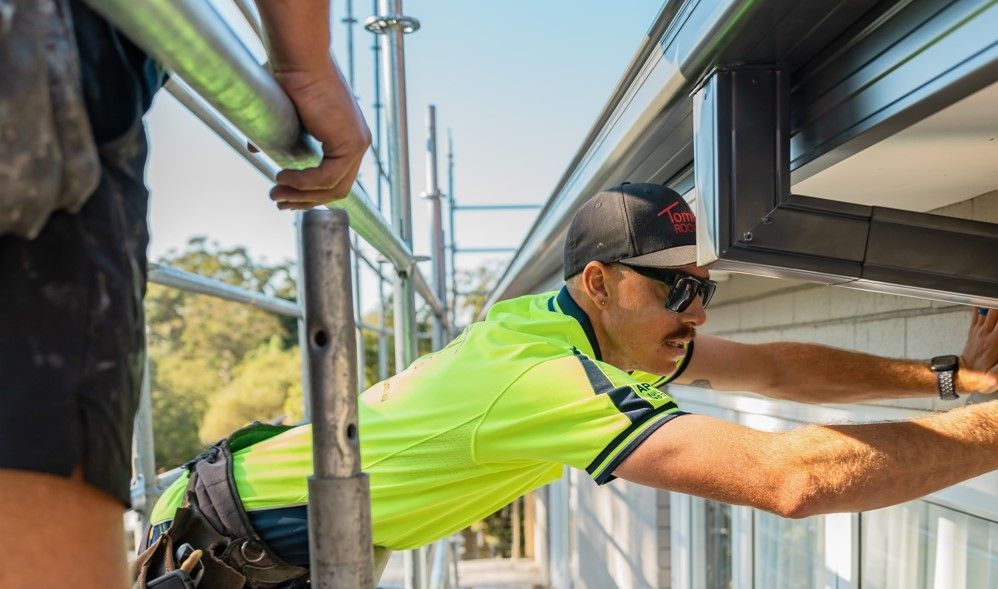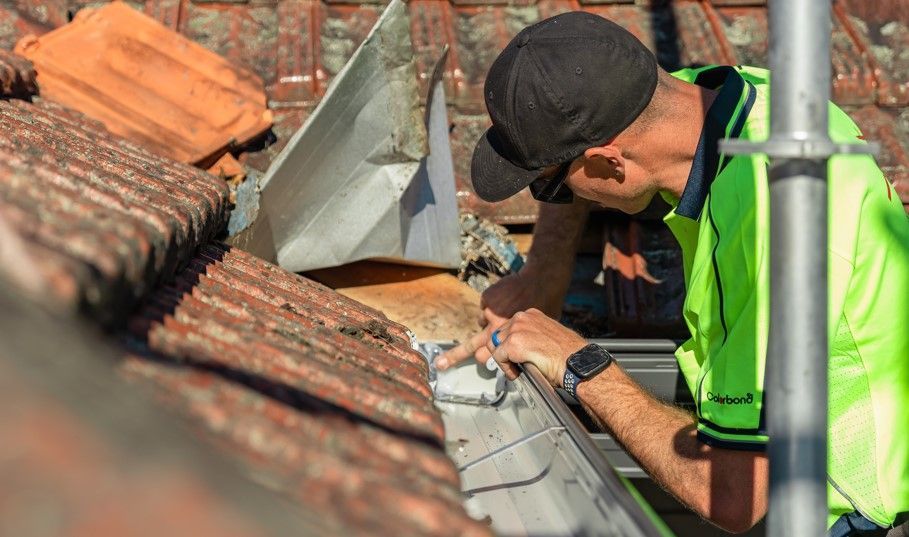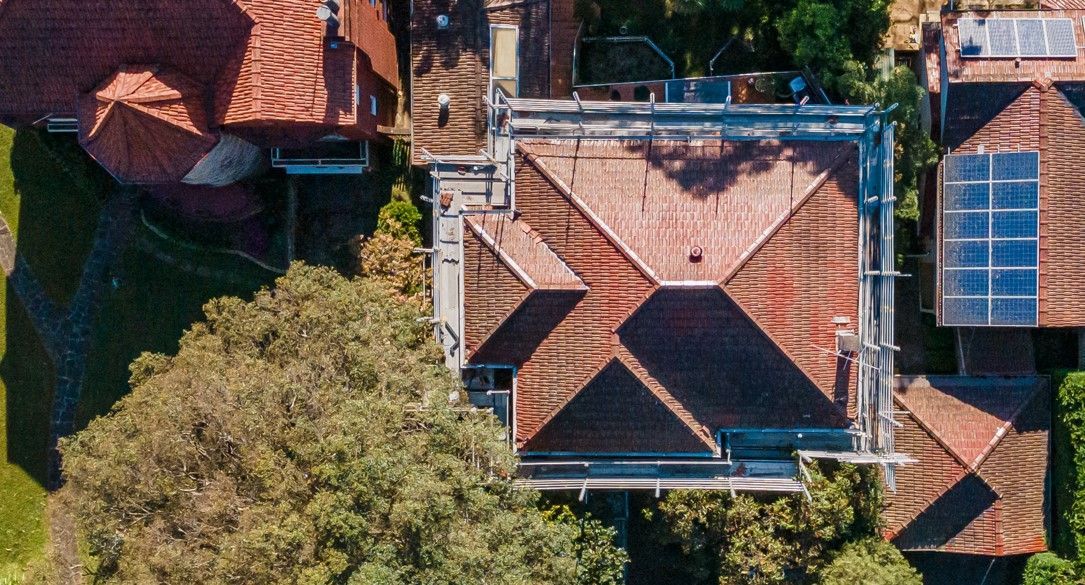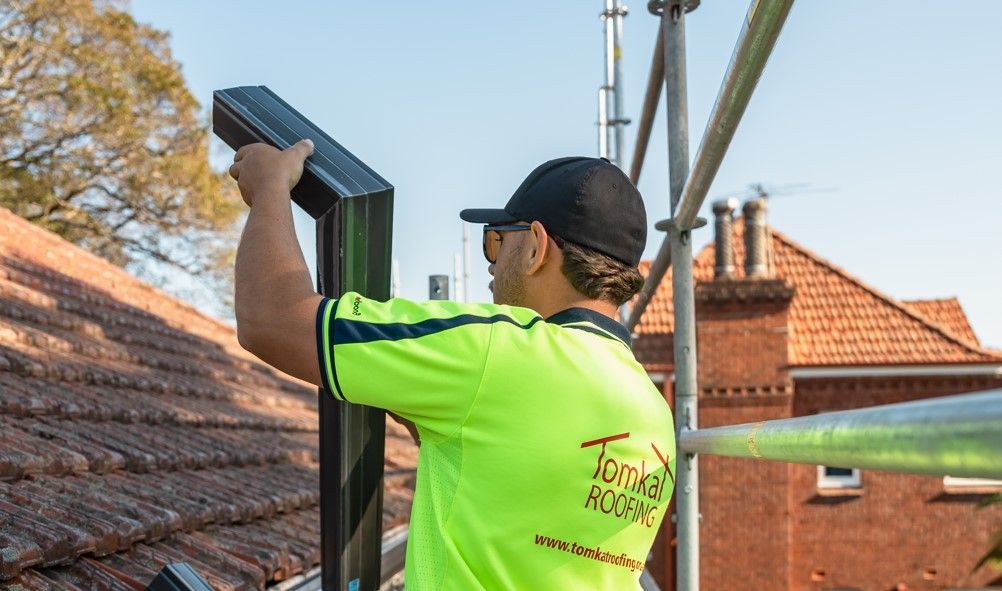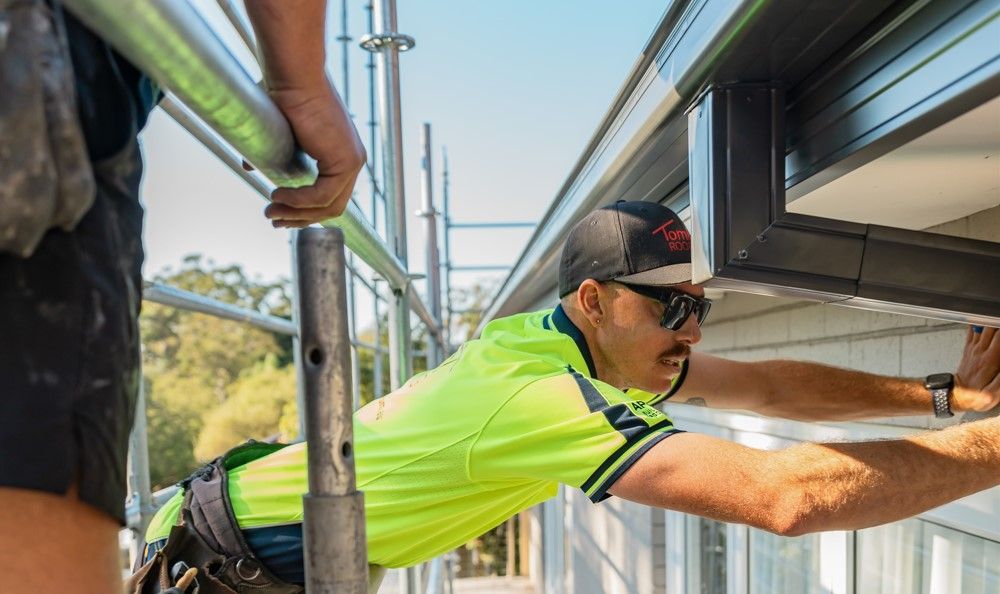Roof Leak Warning Signs: Identifying Potential Problems Before They Become Major Issues
The roof is one of the essential components of your home, protecting you and your family from the elements. But what happens when the roof starts leaking? Roof leaks are not only inconvenient, but also expensive to fix if left unattended.
Water damage is one of the most common reasons for home insurance claims, making up nearly 29% of all cases. To avoid costly repairs, it's crucial to catch roof leaks early—before you even see water dripping from the ceiling. By identifying the warning signs in time, you can prevent a minor issue from turning into a major disaster.
In this blog, we’ll explain how to find a leaking roof, what to do when you discover a leak, and why taking immediate action is essential.
How Do I Know If My Roof Is Leaking?
The earlier you catch a roof leak, the less damage it can cause. There are several signs that indicate water is entering your home through the roof.
1. Stains or Spots on Ceilings
The most obvious sign of a roof leak is when you start seeing stains or spots on your ceiling. These stains are typically yellow, brown, or copper-coloured and may vary in size.
Many homeowners make the mistake of thinking that a small stain isn’t a big deal. However, even the smallest water spot could mean an issue with your roof.
Water can travel along rafters or drywall, meaning the leak could be in a different area than where you see the spot. Don’t wait until you see water actively dripping from the ceiling. If you notice discolouration, it’s time to investigate further. This could be a sign that your roof is leaking and needs to be fixed before the problem gets worse.
Tip: If you notice a water stain, measure it and check it regularly. If it’s growing, the leak is likely worsening.
2. Shingles
Shingles are designed to protect your home from rain, wind, and snow. However, when shingles become cracked, curled, or missing, they allow water to seep through the roof’s protective barrier. Even one missing shingle can let water in and cause a slow, undetectable leak.
Regularly inspect your roof, especially after storms or heavy winds. Look for any loose, damaged, or missing shingles. When trying to identify a leaking roof, one of the first things to check is the condition of your shingles.
3. Saggy Ceilings As A Red Flag for Immediate Action
If you notice that your ceiling is starting to sag, this is a serious warning sign. Water could be accumulating in the ceiling, and the added weight is causing the sagging. This issue could lead to structural damage if left unattended, and in extreme cases, your ceiling might collapse altogether.
Sagging ceilings can indicate prolonged exposure to moisture, so it’s crucial to repair any roof leaks as soon as you notice this issue. Waterlogged ceilings are not just a cosmetic problem but a structural one.
Tip: If you see a saggy ceiling, poke a small hole in it and let the water drain into a bucket. This can prevent the ceiling from collapsing while you wait for professional help.
4. Rusted Appearance
Metal components of your roof, such as flashing or nails, are at risk of rusting when exposed to moisture. Rust is a clear sign that water has been entering the area for some time. You might also see rust around vents or other roof penetrations.
If you spot rust, take it seriously. Rusty flashing can’t protect your roof from water, making it easier for moisture to seep in. Even though the rust may seem like a small issue, it’s a sign that you need to act quickly to prevent further damage.
5. Wet Roofs
On rainy days, it’s normal for your roof to get wet. But if you notice sections of your roof that remain wet long after the weather has cleared, this is a sign of trouble. Certain areas of your roof may be collecting moisture, which could indicate poor drainage or clogged gutters.
A wet roof over a prolonged period can cause serious issues, such as rotting or the growth of algae and mould. It’s essential to watch out for wet areas if your roof is flat, as water can pool and penetrate the roof over time.
6. Algae or Mould Presence
If you spot algae or mould growing on your roof, particularly in shaded areas, it can indicate a moisture problem. While algae itself doesn’t directly cause roof leaks, it does show that your roof isn’t properly ventilating or draining water.
Mould, on the other hand, is a more serious issue. Mould grows where water is present, and its spores can spread throughout your home, affecting your indoor air quality and potentially causing health issues. Mould and algae typically appear as black, green, or white spots on your shingles or roof tiles.
Tip: Cleaning algae from your roof can help prevent damage, but if you're moulding, it’s best to consult a professional to address both the roof leak and the mould remediation process.
7. Soffit Blockage
Soffits are the ventilation panels found underneath the roof’s overhang. Their job is to provide airflow to your attic and protect your roof from water damage. If your soffits become blocked, moisture can build up in your attic, leading to roof leaks, wood rot, and mould growth.
Regular maintenance of your soffits can prevent issues, but if they become clogged, you’ll need to clear the blockage and check for signs of damage. Homeowners often overlook soffits, but they play a crucial role in keeping your roof healthy.
8. Weird Odours
A strange smell in your attic or upper floors could be a sign of a hidden roof leak. When water gets into your attic or walls, it creates a damp environment where mould and mildew can thrive. These growths release musty, unpleasant odours that you can often smell before you see any visible damage.
Don’t ignore odd smells, especially if they’re concentrated in specific areas of your home. Addressing the issue quickly can prevent more serious damage, such as structural weakening or health risks from mould exposure.
9. Check for Shiners
“Shiners” are nails that missed the framing of the roof during installation. These nails stick out from the underside of the roof sheathing and can collect moisture, leading to condensation. On cold nights, you might even see droplets of water forming on these nails.
While shiners don’t cause massive leaks, they can create small, annoying drips that can lead to other issues like water damage or mould. Checking for shiners is a useful practice, especially when you are trying to figure out a roof leak.
Tip: If you find shiners in your attic, you can fix them by clipping the nails with a pair of wire cutters. It’s a small repair that can make a big difference.
Why Is Roof Leakage Dangerous?
Roof leaks might seem like minor inconveniences, but the longer you leave a leak untreated, the worse the damage will get. Below are some of the most serious consequences of leaving a roof leak unaddressed.
1. Structural Damage
Water leaking into your home can cause serious structural issues, especially if the leak is ongoing. Wood beams, rafters, and drywall can become waterlogged and lose their strength. Over time, this can cause the ceiling to sag, walls to crack, or even the roof to collapse.
2. Electrical Hazards
Water and electricity don’t mix. If a roof leak reaches your home’s electrical system, it can create serious safety risks, including electrical shocks and fire hazards. Water can also damage appliances, lighting fixtures, and wiring, leading to costly repairs.
3. Mould and Mildew Growth
Mould thrives in damp environments, and roof leaks create the perfect conditions for it to grow. Mould isn’t just unsightly; it can also pose serious health risks, particularly for people with respiratory conditions.
4. Increased Repair Costs
A small leak might only require a quick fix, but the longer you wait, the more expensive the repairs will become. If water damage spreads to other parts of your home, you could end up needing to replace walls, floors, and insulation in addition to fixing the roof.
Key Takeaways on Roof Leak Warning Signs
Roof leaks are inconvenient and can cause long-lasting damage to your home if not addressed promptly. By looking for early warning signs and acting quickly when you spot them, you can avoid high repair costs and protect the integrity of your home.
If you notice any of the signs mentioned above, don't wait until it's too late. Whether it's shiners or sagging ceilings, leaking roof repairs need prompt attention.
Need to Fix Your Leaking Roof? Turn to Tomkat Roofing!
For reliable and prompt solutions, Tomkat Roofing offers top-notch services to repair leaking roofs and keep your property safe and dry. We provide quick roof maintenance plans designed to prevent future leaks and extend the lifespan of your roof.


